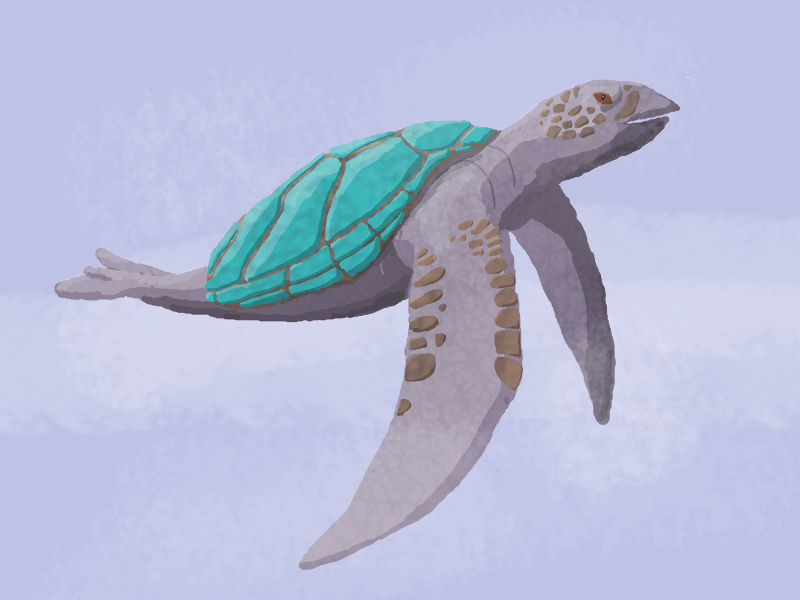David Stark / Zarkonnen: worldbuilding
- Calendars, Moons, Festivals, Heresies
An Airships Lore Dump
- "Where do you get your ideas?"
It's a fairly infamous question, and one that has writers give annoyed and unhelpful answers. There are notable exceptions, like this excellent essay by Neil Gaiman.
It's a question I just got asked for the first time, and to my surprise, I realized I have a fairly concrete answer.
- By the Nailsea
"It's not you, it's me!" she whispered, urgently. I dropped to my knees and put my ear to her chest. She was right. The buzzing was coming from her heart, not mine, and it was stronger than I had thought. Not much time left.
- Alternate Tube Lines

Northern Remember to bring a jacket. Take care when entering and exiting the sleds as the station may be icy. Do not feed the reindeer.
Hammersmith and City Operated by dwarves. Mind your head.
Central The last thing you remember is going through the ticket barrier. You're now at your intended destination. Travel times vary widely, but you only rarely arrive before you depart.
Metropolitan Our ongoing modernisation programme aims to eliminate the old entrails-based signalling systems by 2025. Until then, please report any omens to the nearest member of staff.
- Alien idea: The queen is the hive
Ant colonies consist of a number of highly specialized creatures: Sterile females function as workers and warriors. Males only live for a short time and basically amount to a girl-seeking vector for genetic material. And each nest usually has only one fertile female, the queen, who never leaves her chamber and churns out eggs. (There's an exception to this, but I don't want to get into the whole gamergate thing right now.)
So in a classic science fiction approach, let's take a real creature and turn things up to eleven.
- Better Explosions
In between major releases of Airships, I like to work on things that don't require deep changes to the game's code but make the whole experience better. For version 7.2, I want to make the combat feel more visceral, which of course mainly means one thing: better explosions.
- Alphorns and Airships: An Apocalypse
One of my recently discovered webcomics is Stand Still Stay Silent, set in a post-apocalyptic world where a zombiefying disease has wiped out nearly all of humanity - nearly all mammals - except for a remnant in the nordic countries. The disease doesn't do too well in the cold. Iceland closed its borders early enough, and isolated parts of Denmark, Sweden, Norway and Finland survive. By the time of the main narrative, 90 years after the catastrophe, a significant proportion of people now have immunity against the disease, and efforts are underway to slowly reclaim land - a process that requires burnings everything to the ground and letting the cold disinfect things before replanting can begin.
Apocalypses are often an excuse to do away with most of the world and concentrate on some particular part of the world, some way of life that survived, mixing old and new.
So it occurred to me that another interesting way to slice the world would be by elevation instead of temperature.
- Alien idea: Co-domestication complexes
A common question in science fiction is what humans are like relative to other sentient life-forms. Because we only know life from one planet, Earth, we have insufficient reference points to know how we might compare.
Perhaps the most popular trope that answers this is "humans are average" - we're medium-sized, medium-smart, medium-aggressive, medium-everything. This sometimes gets extended into "humans are flexible", a kind of earthling boosterism wherein we come out on top exactly because we're more well-balanced than the aliens.
- Additionally abstracted aliens
I really like to come up with interesting aliens - both sentient ones as well as weird alien ecosystems. One idea that occurred to me a while ago is a planet where all macroscopic animal life is technically the same species.
- Concepts and Videos

- Sherlock Holmes as a police fig leaf
It's long been fashionable to reinterpret Sherlock Holmes, such as in the recent TV shows Sherlock and Elementary. Apart from changes in time, place, and mood, the exact nature of Holmes and Watson has seen various permutations - here amusingly referenced by Kate Beaton. So here's my cynical take on things: Holmes as a fig leaf for corruption.
- On Suspendium
Suspendium crystals are what keep the airships aloft. How do they work? I mean, obviously they're fictional, but it's nice to have consistent rules in your fiction. As you'll see, thinking about the rules of Suspendium leads to a whole bunch of worldbuilding as a consequence.
- More Horror Beliefs
I've been thinking about my Gods & Things concept for Civ V again. I would dearly love to create it, or at least a simplified version, but as it stands, I don't have the time or the knowledge to do so. If anyone has experience with Civ V modding and would like to collaborate, hit me up. Anyway, here are a whole bunch more Horror beliefs:
- Labyrinth Lord: Axolotl Men
Following a discussion playing Labyrinth Lord a while ago, here's a quick proposed "Axolotl man" class:
- On the side of the cultistsYou can argue to what degree he was a product of his time, and how far he went beyond that, but it's clear that HP Lovecraft was pretty racist and all in all, firmly on the side of the establishment.
- Generating a dungeon in layersI believe that a good dungeon to crawl in is built up of layers. Both in the sense that there are multiple levels on top of one another, and in that there is a sense of history. The dungeon didn't arise fully formed, orcs in rooms with chests at the ready - it accreted into its current shape.
- Lighter-than-airThe airships in my game are held aloft by Suspendium, a made-up crystal that when electrically charged pulls against gravity (or something). That's partially because the game's influences are Howl's Moving Castle and early ironclads. But I also have a pet peeve: helium and hydrogen produce really very little lift.
- Heraldry

I always thought it'd be cool to be able to create your own coat of arms in a game. With Airships, this makes a fair amount of sense, as you play as one potential empire in a late-19th-century-esque setting.
- Crowdsourced ship namesYou came up with a whole bunch of excellent new ship names, which I have added to the list. Having lots of names is important, because ideally, ships of the same class should have names that start with the same letter.
- Internal consistency and dragons
This is another installment of "how I would do fantasy creature X". This time: dragons.
- A silly idea about werewolvesWerewolves are very much a common trope in fantasy, and one infused with all kinds of cultural and sexual baggage that I can't be bothered to unpack right now. Instead, I'm going to present you with another bit of horrible worldbuilding, suited for any kind of schlocky fantasy setting.
- Fictional reproductive biologyThe biology of reproduction is really cool and weird. With some sharks, the offspring devour one another in the womb. With some reptiles, the sex of the offspring is determined by the temperature of the egg. Clownfish change sex depending on hierarchy: the dominant fish is female. As a whole, there's lots of truly weird stuff, and it's really fun to speculate about paths not taken.
- Look Ma, No Hands - A pleasantly horrible bit of worldbuilding
I guess the idea of having to make sacrifices to attain magical powers has been on my mind, and this mixed the general weirdness of phantom limb syndrome to produce the following bit of fantasy worldbuilding: You have to lose a hand, or better both, to become a magician.
- Jokes from fictional worldsI've been talking to David about world-building, and a thought that just struck me this morning is that jokes are an excellent way to do subtle world-building.
